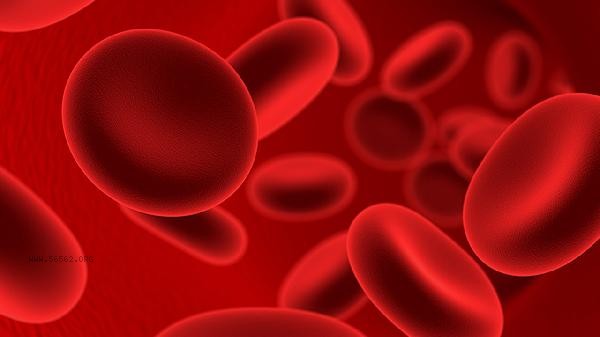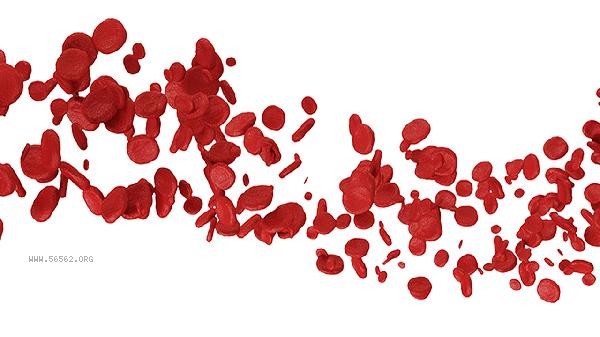A low average volume of red blood cells usually indicates small cell anemia, which is mainly related to factors such as iron deficiency anemia, thalassemia, chronic disease anemia, sideroblastic anemia, vitamin B6 deficiency, etc.

1. Iron deficiency anemia:
Iron deficiency anemia is the most common cause of small cell anemia. Iron is an important raw material for the synthesis of hemoglobin. Long term insufficient iron intake or absorption disorders can lead to a decrease in hemoglobin synthesis and a reduction in red blood cell volume. Typical symptoms include fatigue, dizziness, brittle and fragile nails, and increased menstrual flow in women. Diagnosis can be confirmed through serum ferritin testing, and treatment requires supplementation of iron and improvement of dietary structure.
2. Thalassemia:
Thalassemia belongs to hereditary hemoglobinopathy, where impaired synthesis of globin peptide chains leads to a decrease in red blood cell volume. Mild patients may have no obvious symptoms, while severe patients may experience hemolytic anemia and hepatosplenomegaly. Blood routine shows target shaped red blood cells, and hemoglobin electrophoresis can provide a clear diagnosis. The treatment should be based on the classification and choose blood transfusion or hematopoietic stem cell transplantation.
3. Chronic disease anemia:

Chronic inflammation, tumors, or autoimmune diseases can interfere with iron metabolism, leading to iron utilization disorders. The lifespan of red blood cells is shortened but the damage is increased, manifested as small cell anemia with positive or low pigmentation. Anemia can often be improved after controlling the primary disease, and in severe cases, short-term use of erythropoietin can be recommended.
4. Iron granulocytic anemia:
This is an iron utilization disorder anemia, in which iron granulocytes increase in the bone marrow but cannot effectively utilize iron to synthesize hemoglobin. It may be caused by genetic factors or lead poisoning, medication, etc., manifested as an increase in serum iron and a decrease in transferrin saturation. Some patients are effectively treated with vitamin B6.
5. Vitamin B6 deficiency:
Vitamin B6, as a coenzyme for heme synthesis, deficiency can affect the process of hemoglobin synthesis. Commonly seen in individuals with alcoholism, malabsorption syndrome, or taking isoniazid, it may be accompanied by symptoms such as glossitis and peripheral neuropathy. Supplementing with vitamin B6 can gradually restore normal red blood cell parameters.

It was found that the average volume of red blood cells was low, and further examinations such as iron metabolism and hemoglobin electrophoresis should be conducted to clarify the cause. Daily intake of iron rich foods such as red meat, animal liver, and dark green vegetables should be ensured. Vitamin C can promote iron absorption and needs to be supplemented appropriately. Chronic disease patients need regular monitoring of blood routine, and carriers of thalassemia should undergo genetic counseling. To avoid strong tea and coffee affecting iron absorption, it is recommended to use iron cookware for cooking. Moderate aerobic exercise can improve anemia symptoms, but it is necessary to avoid exacerbating hypoxia symptoms with vigorous exercise.








Comments (0)
Leave a Comment
No comments yet
Be the first to share your thoughts!